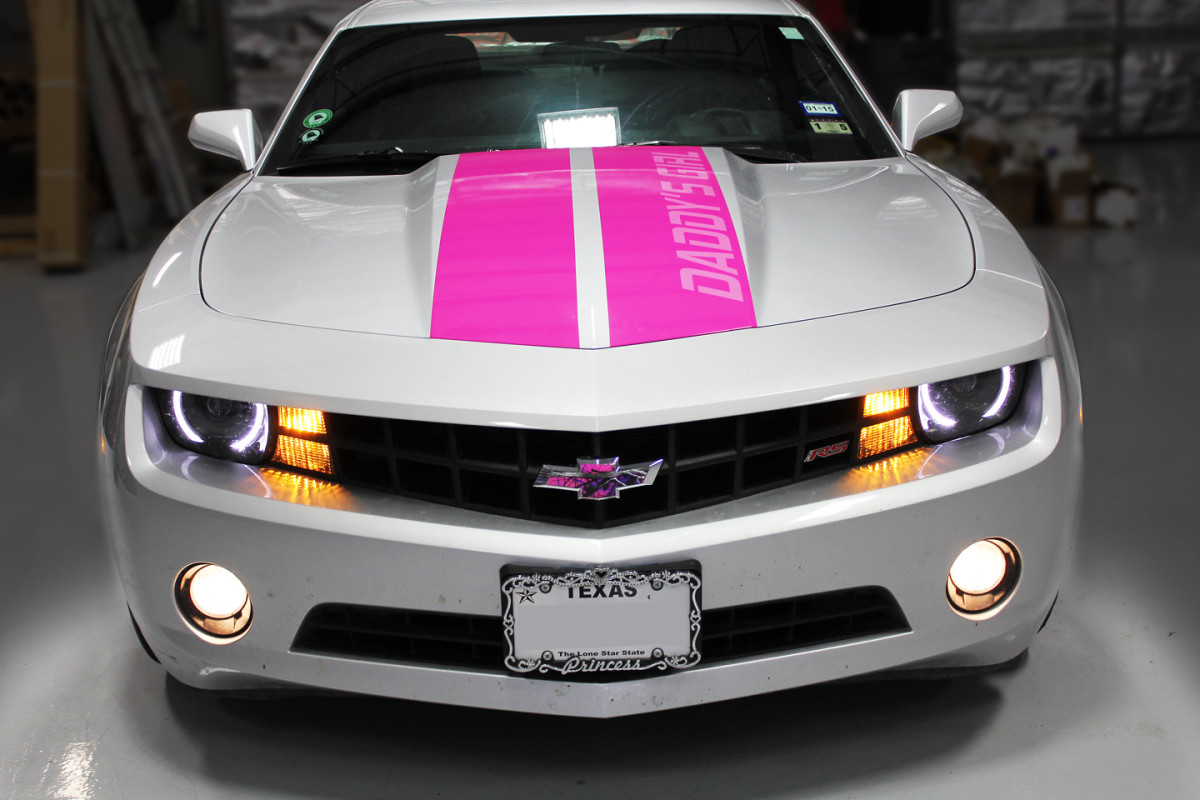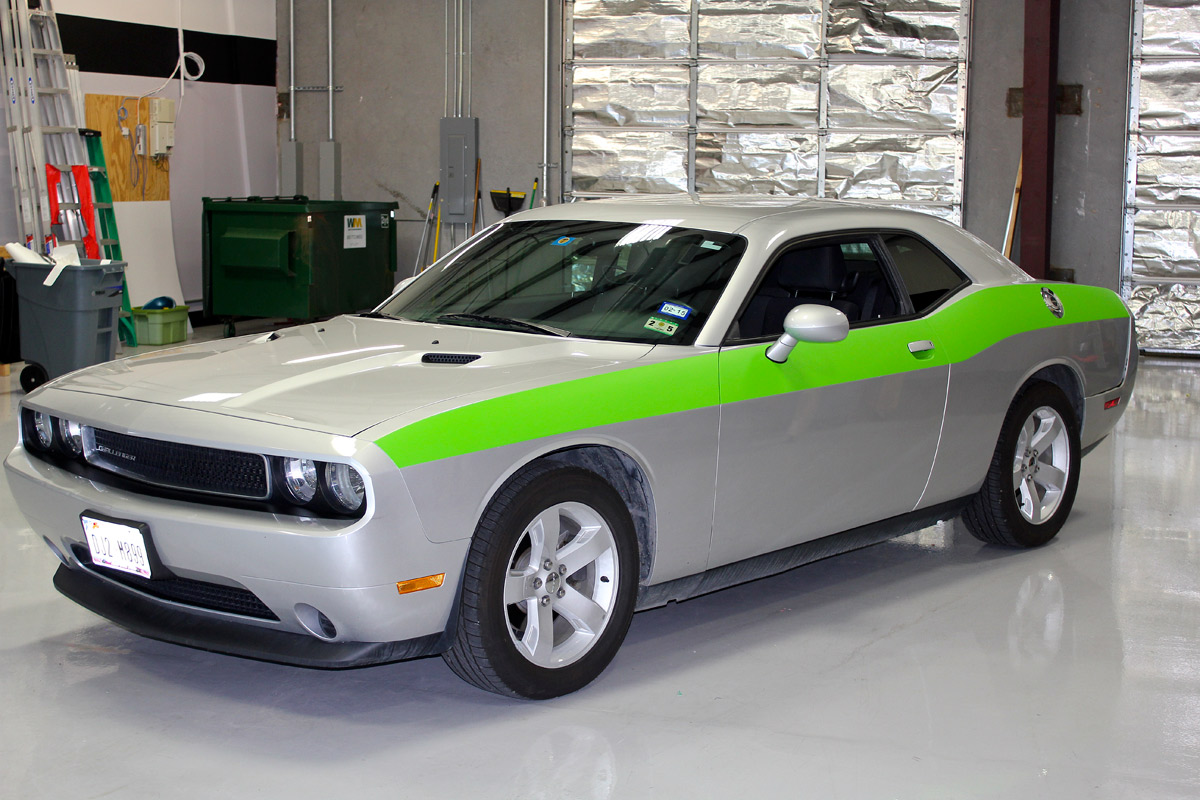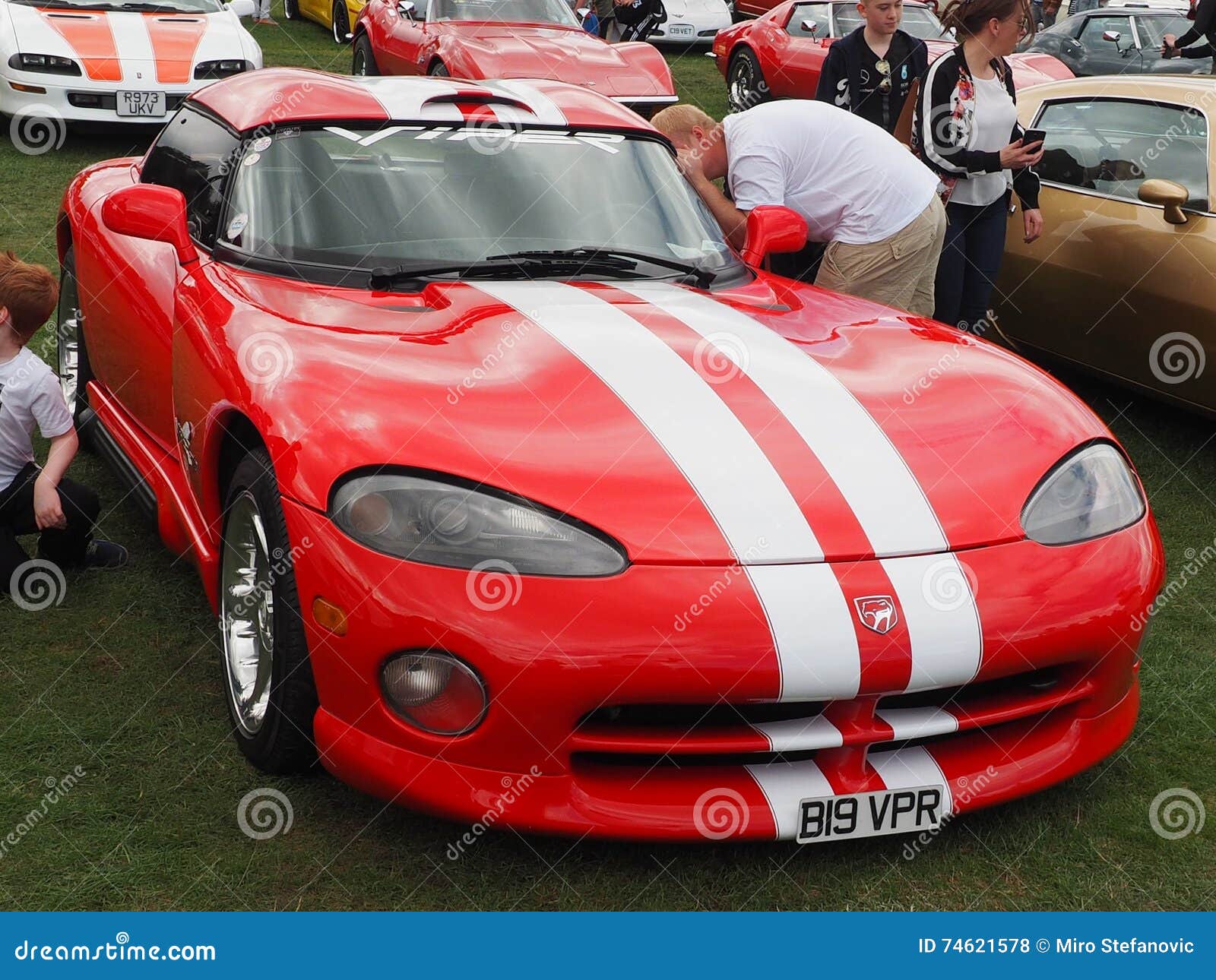

The exterior was devoid of any Mustang or Ford emblems. Brock’s solution was simplicity in itself and would prove to be distinctive fifty years later. Typical of Shelby American, there was no The SHELBY AMERICAN Spring 2015 129 Cunningham Maserati Cunningham D Jaguar Cunningham E Jaguar Peter Brock’s 1946 Ford canyon racer 1965 GT350 5S208 budget for anything elaborate. The cars were to be all be white and they would need something distinctive to give them a competition appearance but would not require a lot of unique badging or body pieces. One of his assignments was to provide a unique exterior design for a special Shelby model based on Ford’s new Mustang fastback. Peter Brock was working at Shelby American as its designer. The color scheme became his trademark and other vehicles he owned also acquired the white/blue center stripes theme.įast-forward to late 1964.

He painted his ‘46 white with a pair of blue, Cunningham-style racing stripes. As a sports car racing fan in the 1950s, Brock had followed Briggs Cunningham and his cars. It was powered by a Cadillac V8 backed by a LaSalle 3-speed transmission.īy the time Brock finished the car it’s lower center of gravity made it a pretty formidable canyon racer. Brock’s first car was an MG-TC but when he saw an unfinished, customized 1946 Ford convertible sitting on a used car lot, the MG was history.The ‘46 had been chopped, channeled and semi-sectioned. While most of his peers gravitated towards hot rods and drag racing he was attracted to sports cars and sports car racing. Peter Brock was in high school in the mid-1950s when Cunningham was racing.
RACING STRIPES FOR CARS DRIVER
If the driver became disoriented he always knew which way the car was aimed by looking down the stripe edge. The claim was that the offset racing stripe or the edge on a pair of wider stripes that ran in line with the driver’s line of sight down the hood was helpful if the car spun off the track and was enveloped in a cloud of dust. In the late 1950s and 1960s, a story about racing stripes was passed around among some sports car afficionados but it was more likely something of an urban legend. They were all painted his signature white with blue stripes. After that he fielded Maseratis, new E-Type Jaguars and Corvettes. The following year he had a team of Jaguar-powered Listers. In 1957 he became a Jaguar importer and sponsored a trio of D Jaguars. At the end of the year Cunningham shut his company’s doors.Īlthough he stopped building cars on his own, Cunningham was still consumed by racing. That was when the Internal Revenue Service declared his business a nondeductible hobby because it had not made a profit in the previous five years. He raced his cars at Sebring and larger events in the U.S.

In fact, in subsequent years twin stripes were referred to as “Cunningham stripes.” Briggs Cunningham never did win LeMans, even though in 1952, when his co-driver became ill, he drove for 20 hours by himself. With this paint scheme Cunningham’s cars became instantly recognizable. American FIA entries had been painted white so Cunningham chose to paint his cars that color, with a pair of blue stripes running up the hood, over the top and extending down the rear deck. They were painted in the American racing colors of white and blue.They failed to finish at LeMans in 1951 but won major events at Elkhart Lake and Watkins Glen later that year.īriggs Cunningham with some of his racecars the Cadillac known as Le Monstre is at the top right.Ĭunningham liked the white and blue color combination. The cars, appropriately called Cunninghams, were powered by Chrysler’s new Hemi engine. The following year Cunningham entered a pair of sports cars of his own design and manufacture (he had purchased a small auto manufacturing business). It was nicknamed “Clumsy Puppy.” The other was an aerodynamic-bodied racer dubbed “Le Monstre” by the French. One was a stock two-door with the only modification being a dual-carburetor manifold. Millionaire American sportsman Briggs Cunningham had a dream of winning the most prestigious sports car race in the world, the 24 Hours of LeMans. The different colors, keyed to each entrant’s country, helped race fans tell them apart. In some classes, especially Formula 1, the cars tended to all look alike – especially at speed. American entries were painted white (if frame rails were exposed they were painted blue).

In the 1950s, FIA rules stipulated that race teams use colors which represented their countries: Italian teams painted their cars red, British green, Belgians yellow, French blue, Germans silver.


 0 kommentar(er)
0 kommentar(er)
